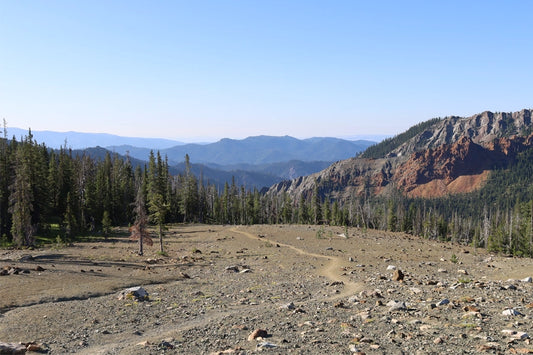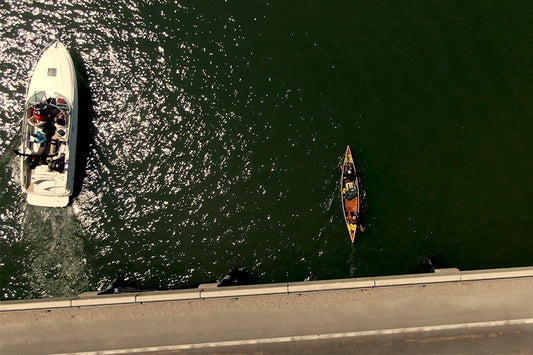Survival Basics: The Rule of Threes
If you plan on spending any time in the outdoors, you should probably have a basic understanding of the “Rule of Threes”. The Rule of Threes is a foundation for assessing and prioritizing a survival plan based on a general understanding of your body’s basic physiological needs.
The Rule Of Threes
1. You can survive for 3 minutes without Air
2. You can survive for 3 hours without Shelter
3. You can survive for 3 days without Water
4. You can survive for 3 weeks without Food
Prioritizing your survival plan using The Rule of Threes
1. Air – Whether you’re trapped underwater, stuck in an avalanche, or experiencing anaphylactic shock from an allergic reaction, breathing is your number one survival priority. If you find yourself in a situation where you are needing to find air, it is absolutely necessary to try to remain calm. If you panic, your body will begin to use up oxygen and your survival time will begin to rapidly decrease. Note: If you have known allergies that may cause anaphylactic shock, it’s important to keep an epinephrine pen in your pack, or on your person. If you’re with a group, make sure they know where it is and how to administer it.

2. Shelter – Believe it or not, finding shelter is higher on the totem pole than food or water. This is particularly important in a wet and cold environment where hypothermia may be a risk. When finding, or building shelter, it’s important to take into consideration your proximity to resources (food, water, firewood), visibility for potential rescue, and the surrounding environmental elements (sun, wind, rain, snow). Once you have found shelter, you should begin gathering materials to build a fire. Make sure to gather enough material to last you through the night.
3. Water – Next up is water. It’s important to always keep some sort of water purification system (often multiple) in your pack, or survival kit. There are a variety of purification systems on the market including: tablets, pumps, gravity filters and even filtered straws that allow you to drink directly from a stream or a pond. Keep in mind that all fresh water sources are not created equal. You might find that certain areas are more prone to viruses and bacteria than others. Do some research before you go out and find the most appropriate system for the water sources you are likely to encounter.

4. Food – When it comes to food, you want to focus on efficiency. Gathering food will always take less energy and effort than hunting. It’s a good idea to familiarize yourself with edible plants and berries in the area and start there. Insects are also an excellent source of protein and fat. Note: In the northwest coastal regions, tide pools can be tremendous sources of food. Clams, mussels, seaweed, sea cucumbers – to name a few – are all edible and excellent sources of vitamins, minerals and protein. If you have basic trapping and fishing skills, fish and small game are also excellent sources of protein and nutrients. Make sure to brush up on your wilderness cooking skills. Cooking ensures that parasites and bacteria are killed and will help you avoid food poisoning.

Keep in mind that these rules can shift slightly. For instance, if you’re in a warm environment and hypothermia is not a concern, you may re-prioritize finding water to avoid dehydration.
The Rule of Threes is just a starting point. Taking the time to learn and practice basic survival skills (fire building, shelter building, trapping and fishing) will greatly increase your chances of staying alive in a survival situation.







0 Comments